The Power of Generative UI with Google’s GenUI SDK for Flutter
A Dynamically Visual and Infinitely Personalized Approach to Driving Customer Behaviors
VGV is pioneering a new era of Generative UI - powered by Google’s new GenUI SDK for Flutter, the big idea is to create responsive, visual interfaces that adapt in real time to user intent. Design elements are dynamically generated with user context in mind, not only making task completion faster and more intuitive, but allowing businesses to guide customers along high-priority journeys.
Proven Results Across Industries


Let’s Build an App That Steals the Show
We create the ultimate transformative digital experiences. Let’s see where your vision can go today.
Insights From Our Experts
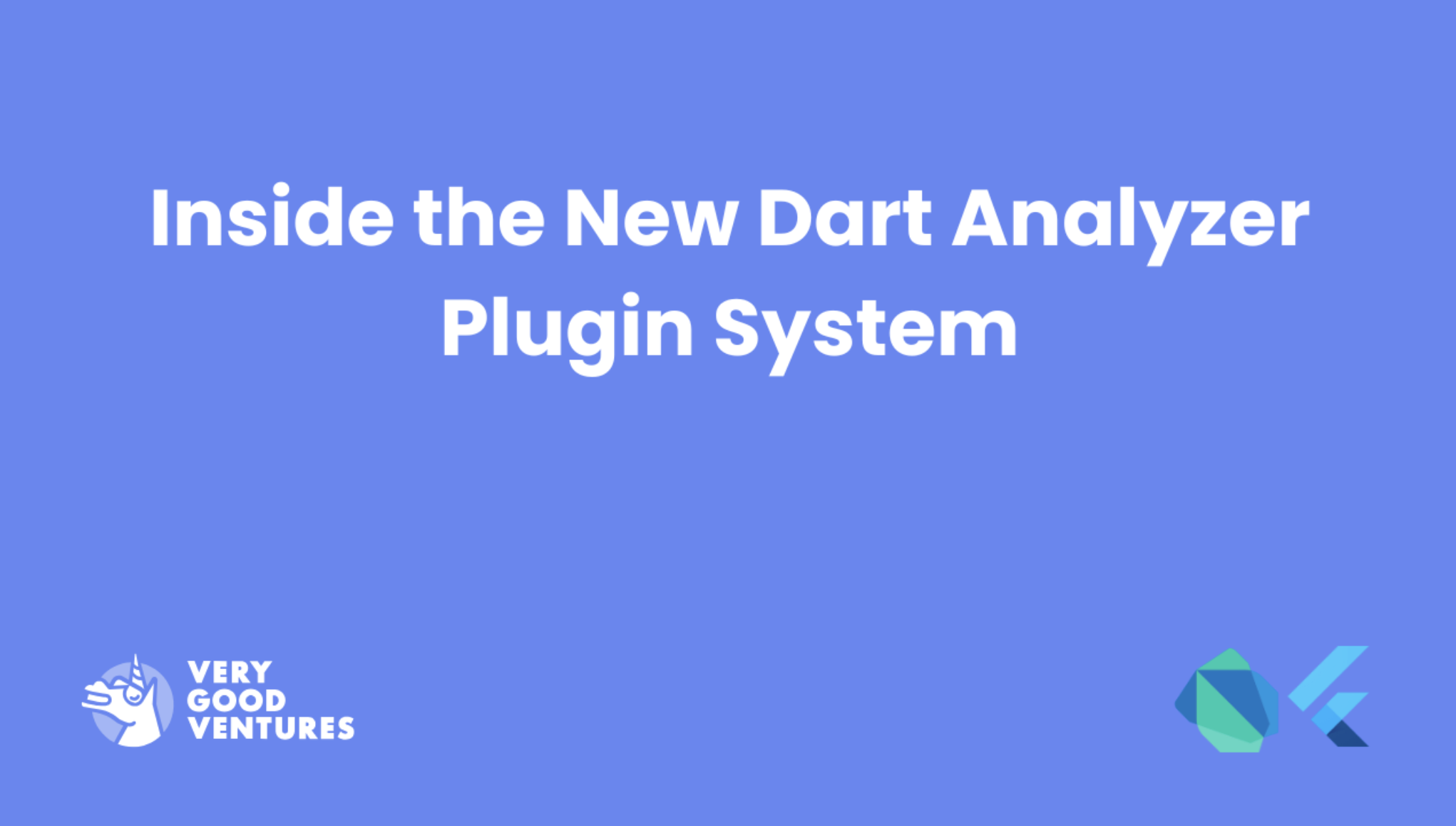
Creating Your First Dart Analyzer Plugin with the New Plugin System
VGV is exploring Flutter 3.38 and Dart 3.10’s new analyzer plugin system to automate best practices
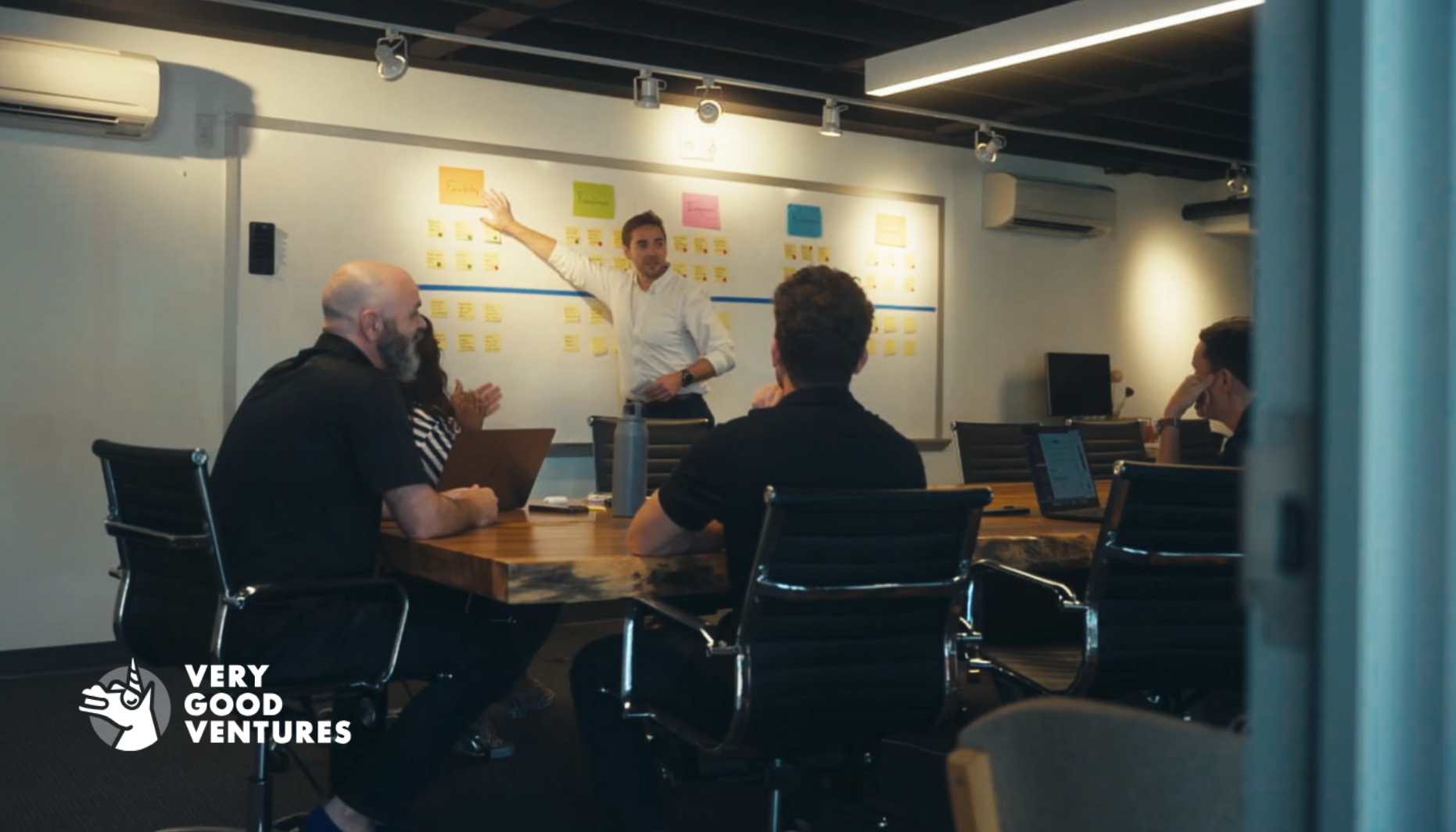
How We Efficiently Onboard Engineers at Very Good Ventures
Our proven process for integrating new engineering talent quickly

From Code to Community: How puf Inspires More People to Build More Apps
Frank “puf” van Puffelen on teaching through code, demystifying AI, and why every engineer should learn to tell better stories.
%20(1).png)
What It Takes to Modernize Without Breaking Trust
Lessons in speed, empathy, and product leadership from former Ritchie Bros.' VP of Product Management, Michael Harker


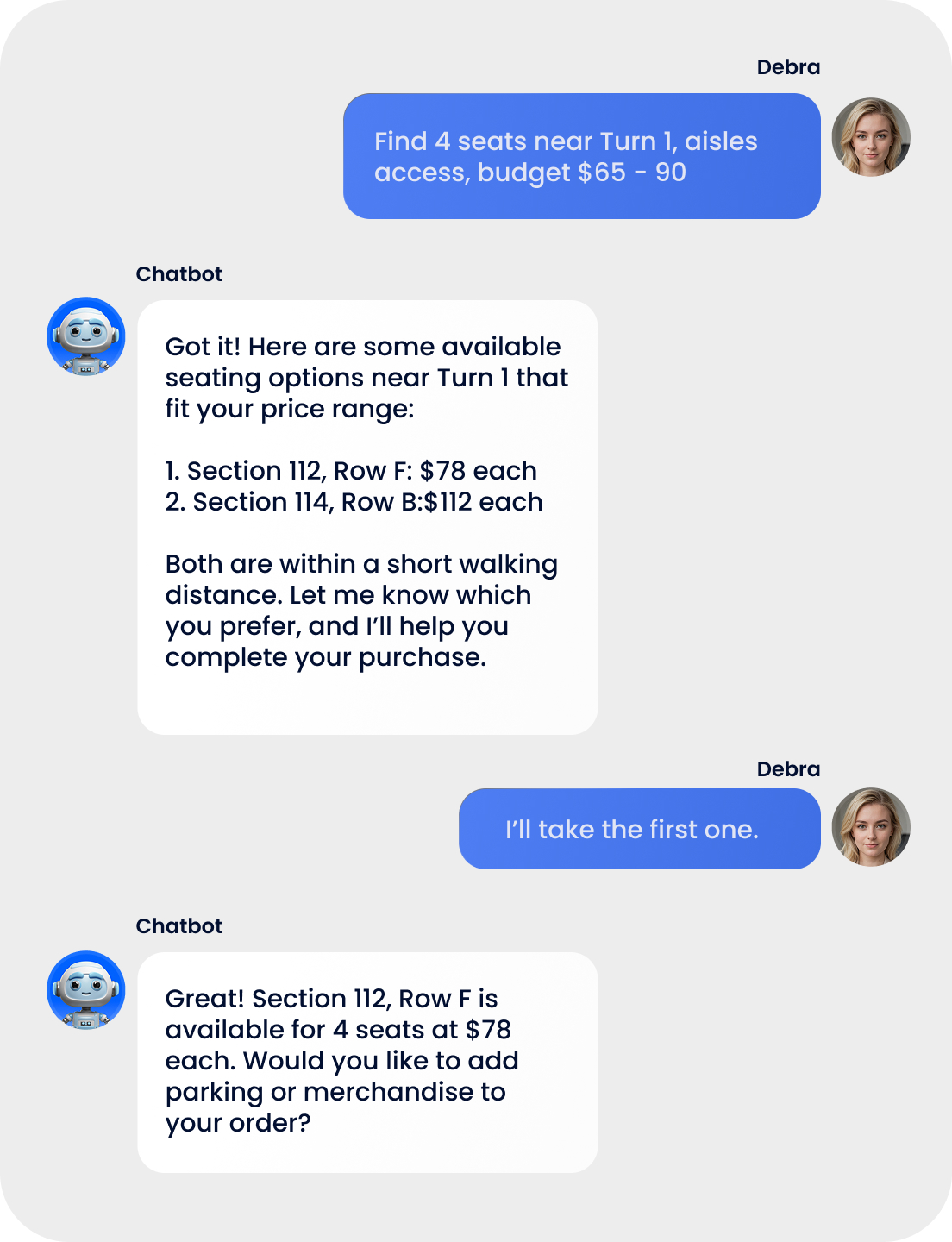
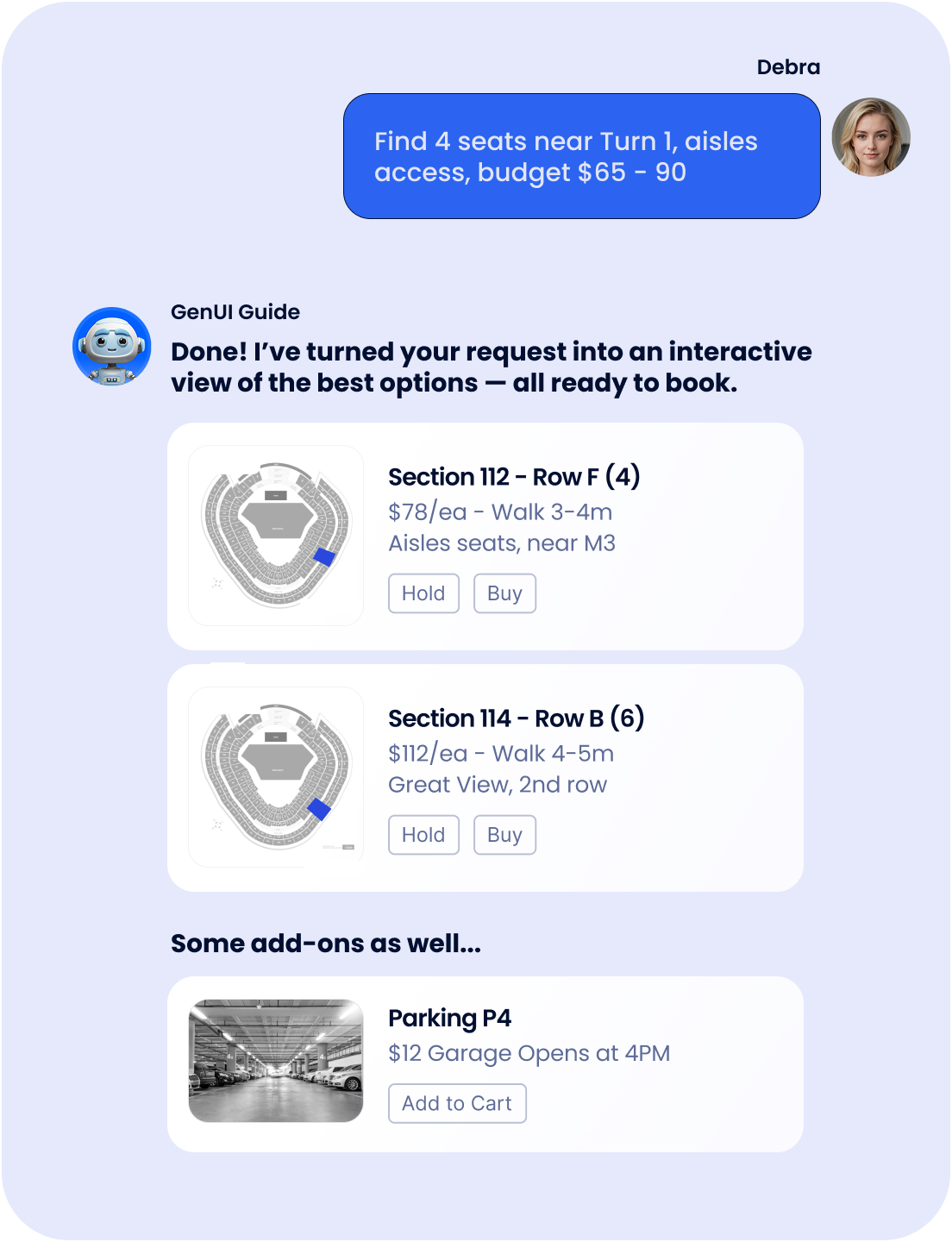
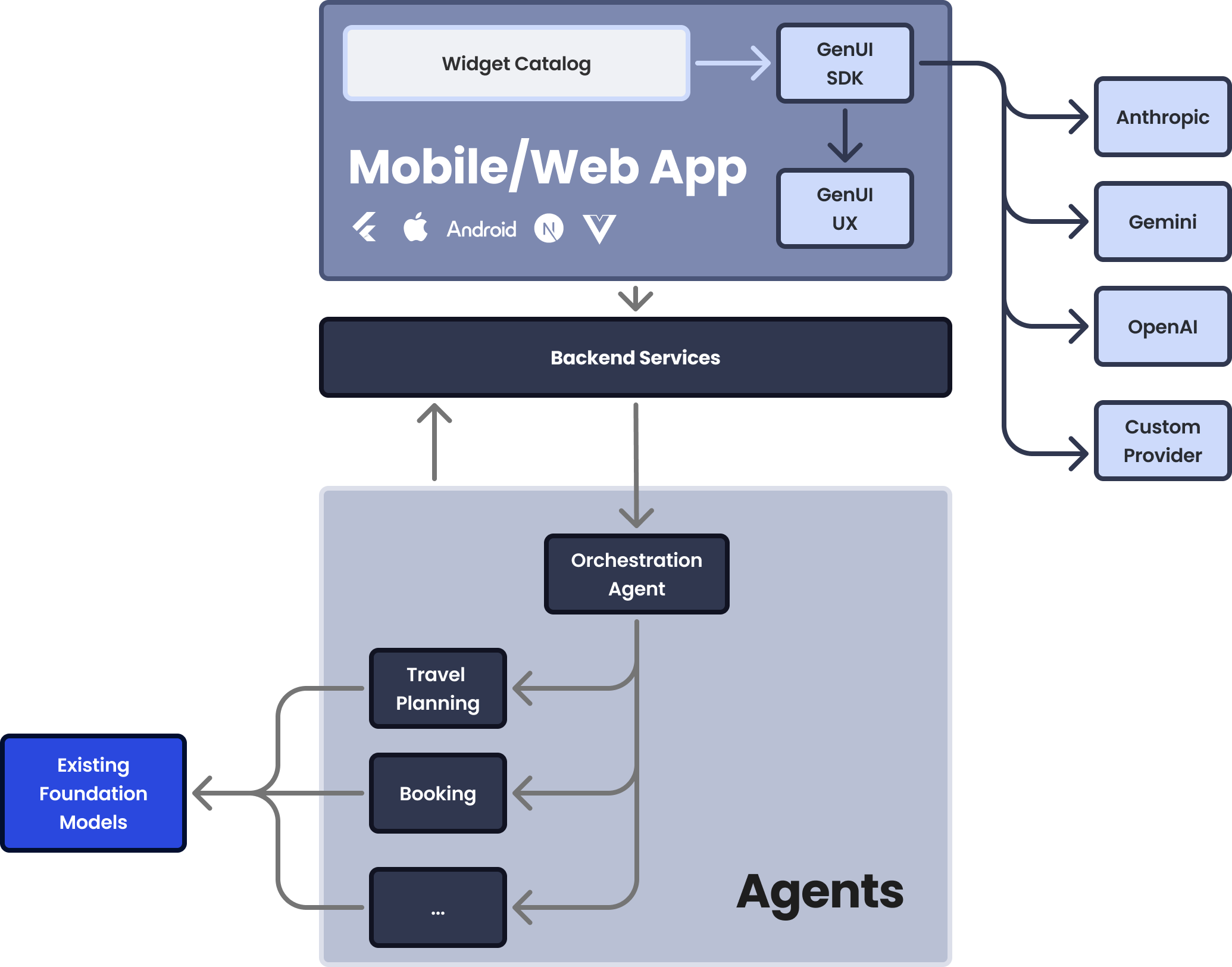



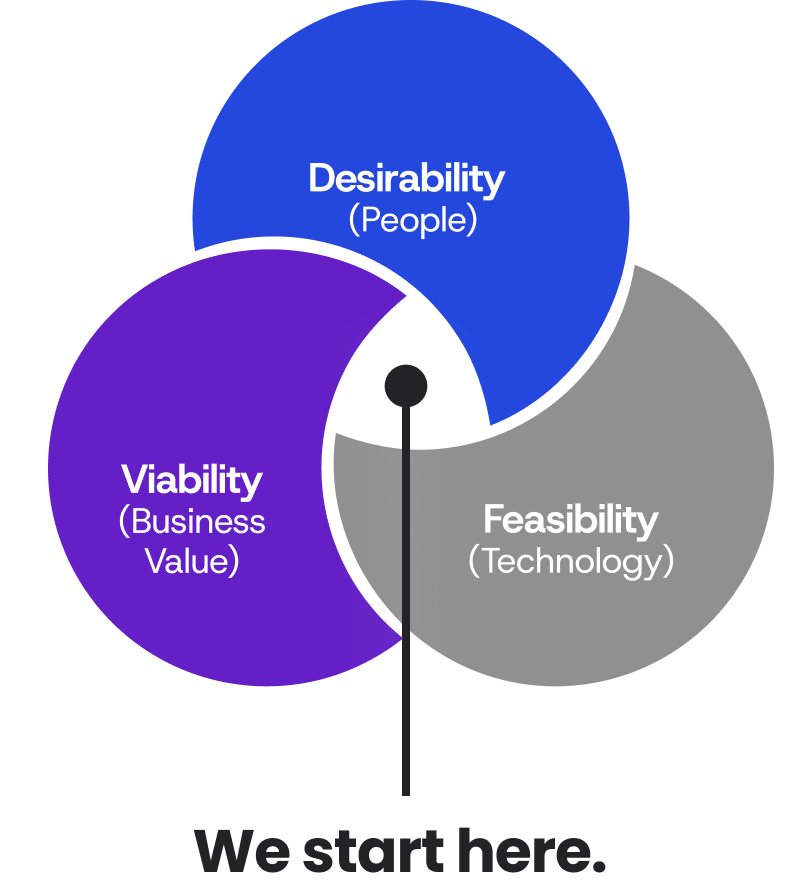


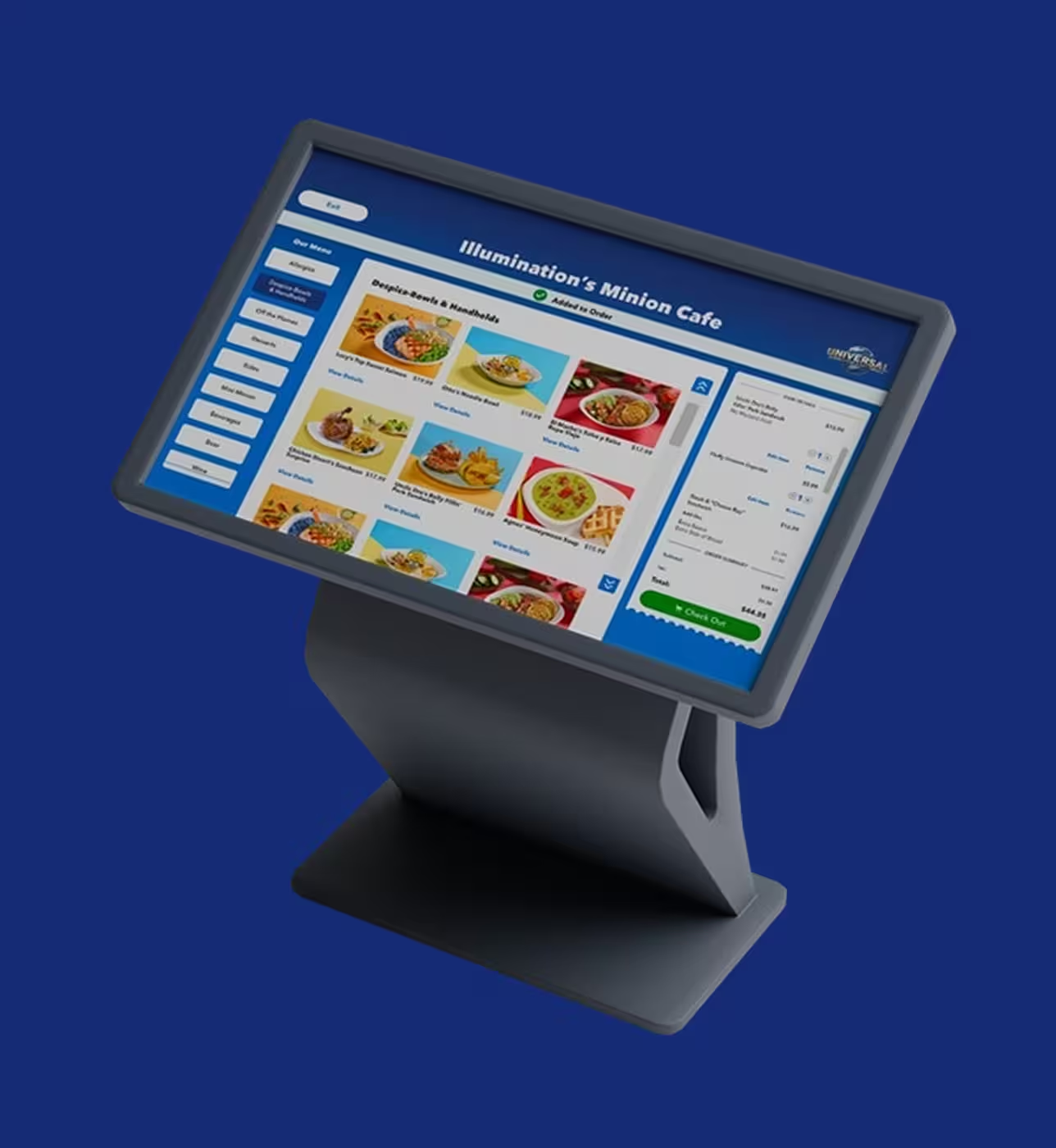



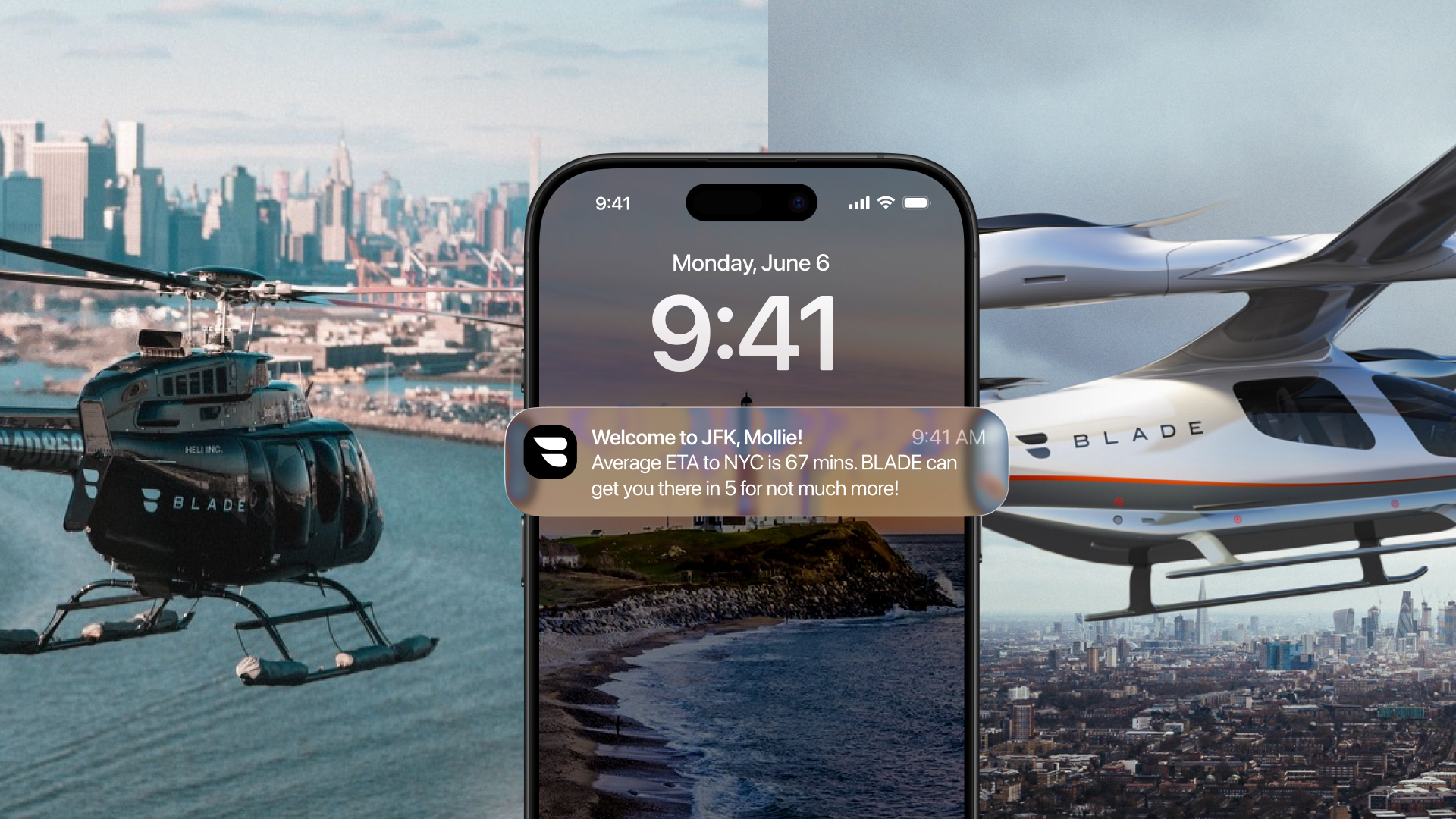
.svg)


